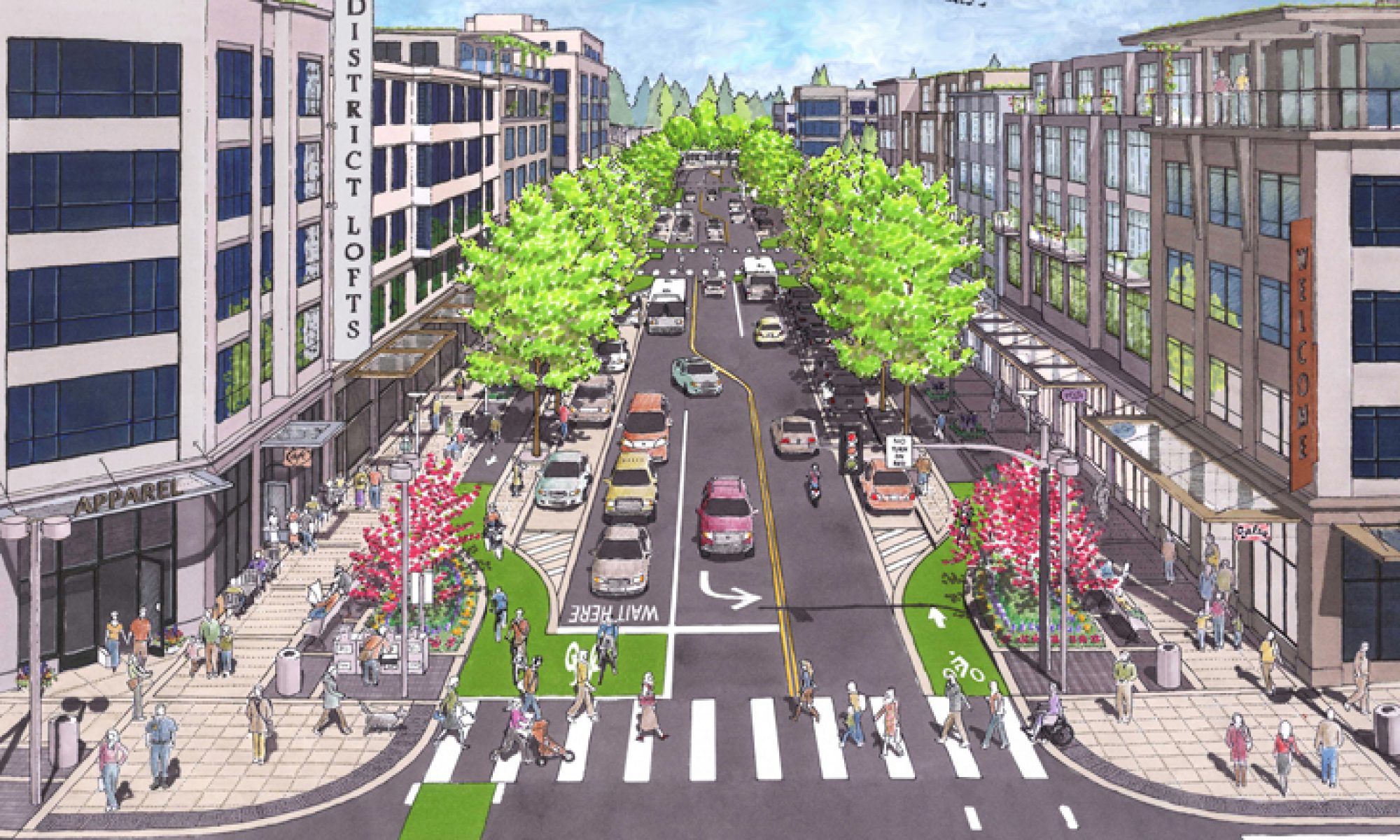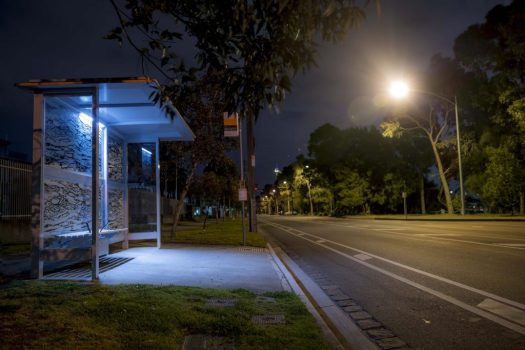28 Jun 2018 |
Using new mobility models to increase access
New mobility services have enormous potential to change the transportation landscape and increase access for all residents. But, only a few projects are actually focused on that.
As new mobility models continue to have an impact on our transportation system and shift how our cities are designed and operate, cities and transit agencies are launching new pilot projects to test everything from microtransit to ridesourcing to automated vehicles and understand how these services can best function in and benefit their communities.
One of the most promising areas to capitalize on new mobility services is around increasing access for people most in need; people who live in areas that are currently underserved by transit, do not have bank accounts or cell phones, require wheelchair access, or commute during off-peak hours. Depending on how they’re deployed, these services could help community members more easily reach jobs, school, medical appointments, grocery stores, or wherever people need to go.
Many of these individuals are already dealing with a transportation network that has often been designed without their needs in mind—whether it’s infrequent transit, a lack of affordability, or inconsistent paratransit options. This has grown worse in recent years as many lower-income individuals, faced with the high cost of living, have been forced to move from city centers to inner and outer ring suburbs, with fewer jobs and resources and where reliable, affordable public transportation is even less likely to exist.
Read more…



